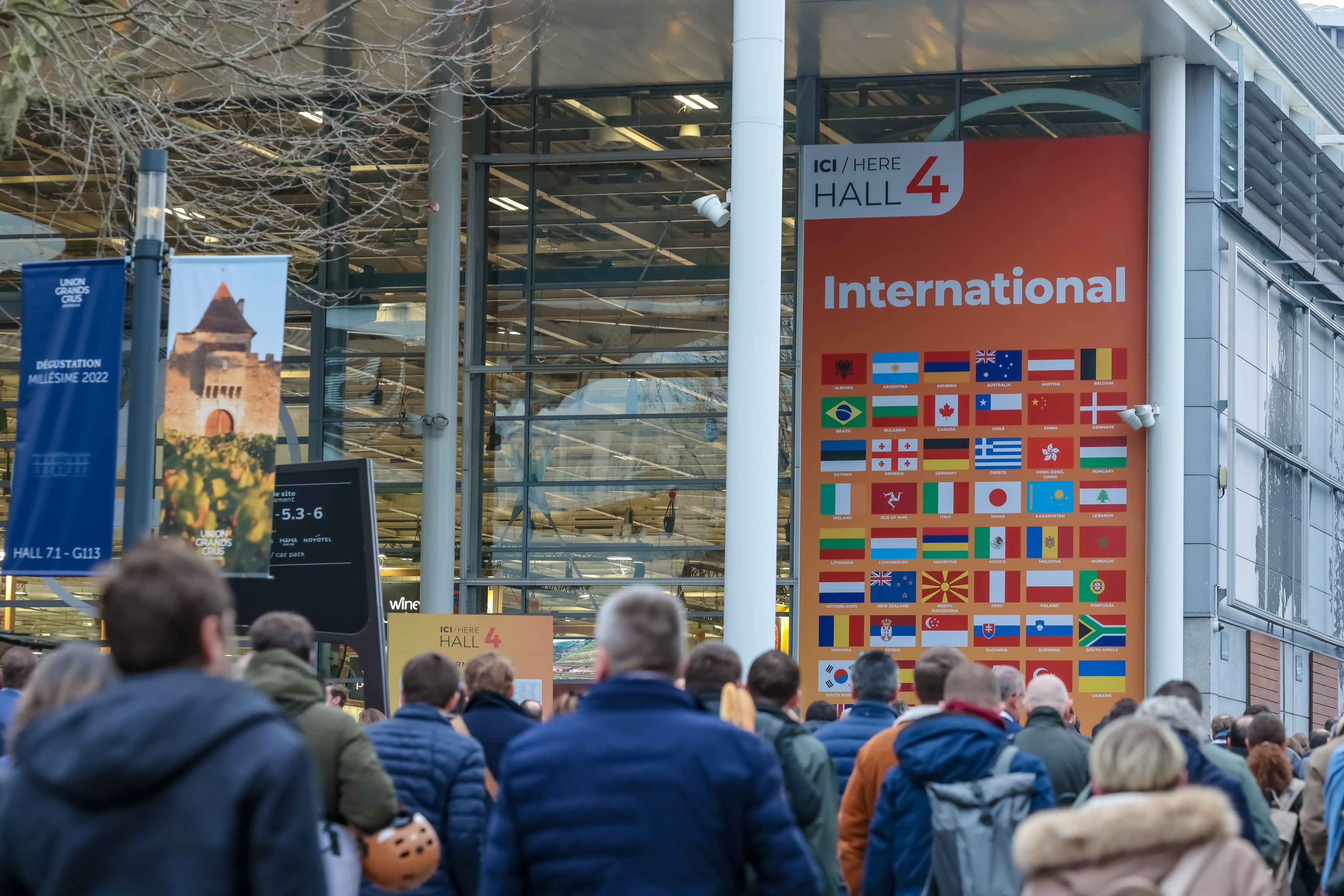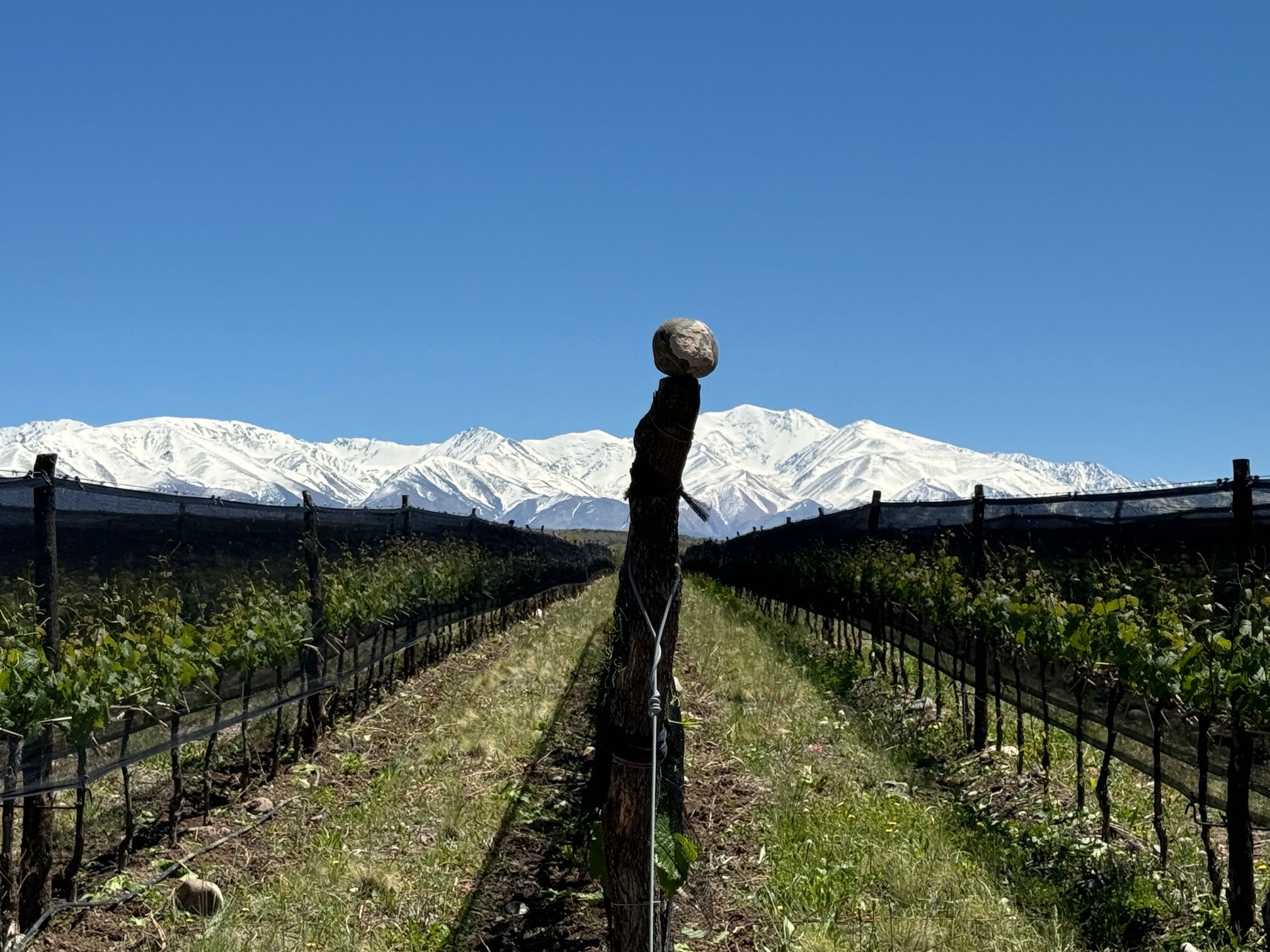This is the latest article from The Buyer’s special Stellenbosch Business Report, produced in partnership with the Stellenbosch Wine Routes, that is a comprehensive analysis of what is taking place across this vital region of South Africa.
Click here to download the full report.
Bring a group of Stellenbosch wine producers together and ask them to share their latest wine ideas and innovations and it’s like watching young children talking about the presents they opened on Christmas Day.
Bursting with pride and smiles as they excitedly share the discoveries, experiments and successes they have had in their respective cellars. Even failures are poured over as the winemakers look to take as much as they can from each other’s adventures in their vineyards and wineries.
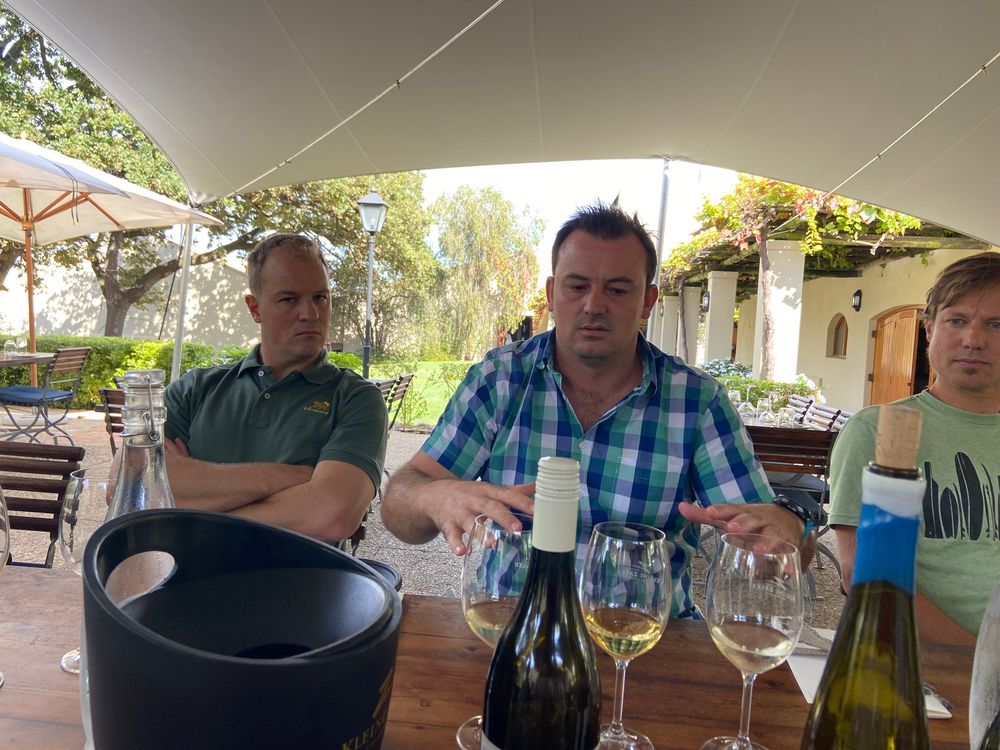
Kleine Zalze’s cellar master RJ Botha is looking to use its experiments to influence the style and quality of the mainstream wines it is producing
“We want to see how we can evolve our current wines for the future,” is how Kleine Zalze’s cellar master, RJ Botha, puts it.
“We are always looking to experiment, to think, test and be constantly innovating,” adds Heinrich Stipp, sales and marketing manager at Stellenrust Wines.
Elmarie Rabe, manager of Stellenbosch Wine Routes, says to move forward is to survive, “you can swim or you can sink”. “We want to push the boundaries. It’s critical to the long term of the future of the region. Ensure that all is aligned to our collective vision to make better quality wines. We need to be pro-active and be continuously re-inventing ourselves.”
All this innovation is also helping to inspire the next generation of winemakers that are coming out of university with viticulture and winemaking degrees, says Ross Sleet, managing director of Rascallion Wines “This energy and new investment will help keep young winemakers in South Africa. They might travel and learn, but they will want to come back and take part in what is happening here,” he adds.
But just what are the trails and experiments that are really talking hold in Stellenbosch and are going to shape and influence the wines it makes it in the future?
What’s particularly interesting is the level of innovation taking place across all wineries, both big and small. In fact, some of the bigger players are better placed to run side projects and experiments as they have the resources to do so, and the scale to elevate them if they are a success.
South Africa and Stellenbosch have woken up to the power and allure of concrete eggs, amphora and different sized formats and the influence – or not – they can have on the finished wine.
New projects
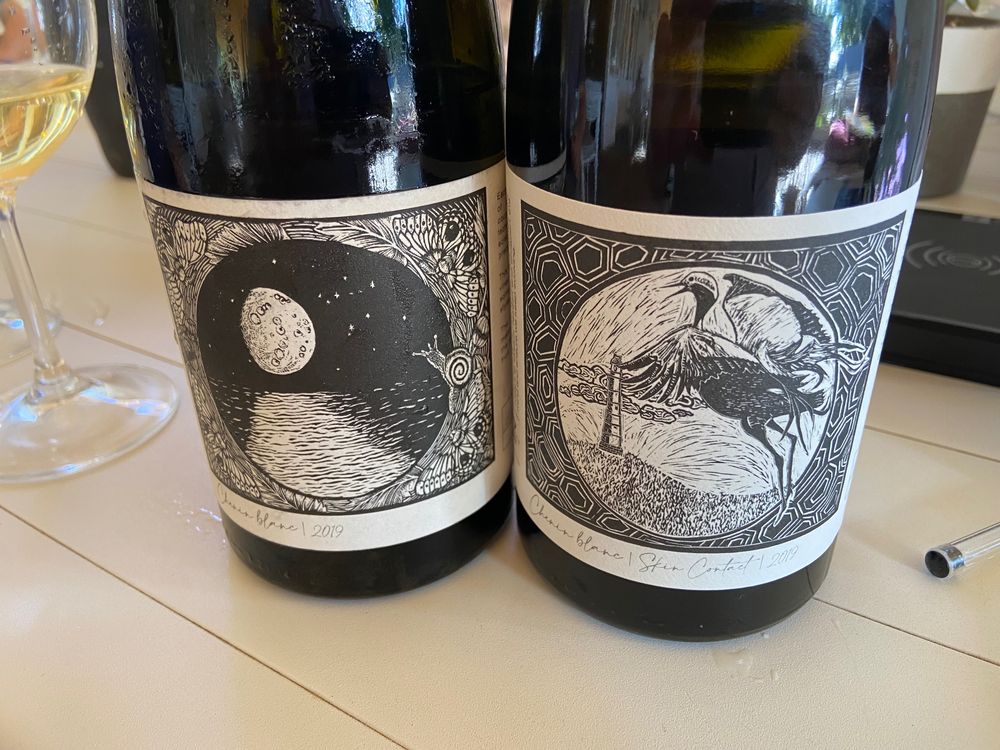
The new Project Z from Kleine Zalze is a great example of how far even some of Stellenbosch’s biggest producers are willing to give their winemakers the freedom to innovate
One of the most noteworthy is what Kleine Zalze is doing with its Project Z initiative that is giving its winemakers the freedom to push boundaries like never before. It is, for example, using skin contact and natural winemaking techniques to make very different wines that Kleine Zalze is renowned for with runs of only 1,000 to 1,500 bottles per wine.
Botha says it has certainly opened his eyes to the possibilities of working in different ways. Like using whole bunches, natural ferments and amphora in its Project Z Sauvignon Blanc to really bring out the decomposed granite and shale qualities from the vineyards it works with. Where it is about the “tensions and textures on the palate” and bringing out the “salinity and minerality” in the wine.
It’s as close as he can get to making the flinty style Sauvignons you can find in Sancerre. “It is something close to that, but with a South African twist,” he says.
Then when it comes to making its Project Z Syrah it’s time to get the ladders and dry ice out as it throws in whole bunch grapes to 5,000 litre fermenters. “It’s all about trying to make a more floral and elegant style of Syrah versus the big opulent style we usually make. Once you do it once, you want to try it again.”
The primary focus, though, for Project Z, he stresses, is to work on projects that are going to help him and his team make better Kleine Zalze wines overall. It was able, for example, to use amphora to help make its main wines in 2021 thanks to what has been learnt with Project Z and has this year added two concrete eggs.
It is now using more whole bunches in its main Syrah wines – “it helps tighten the wines up a bit more”. He likens it to finding new ways of adding “salt and pepper to your blends” and “control the power”.
Terroir driven
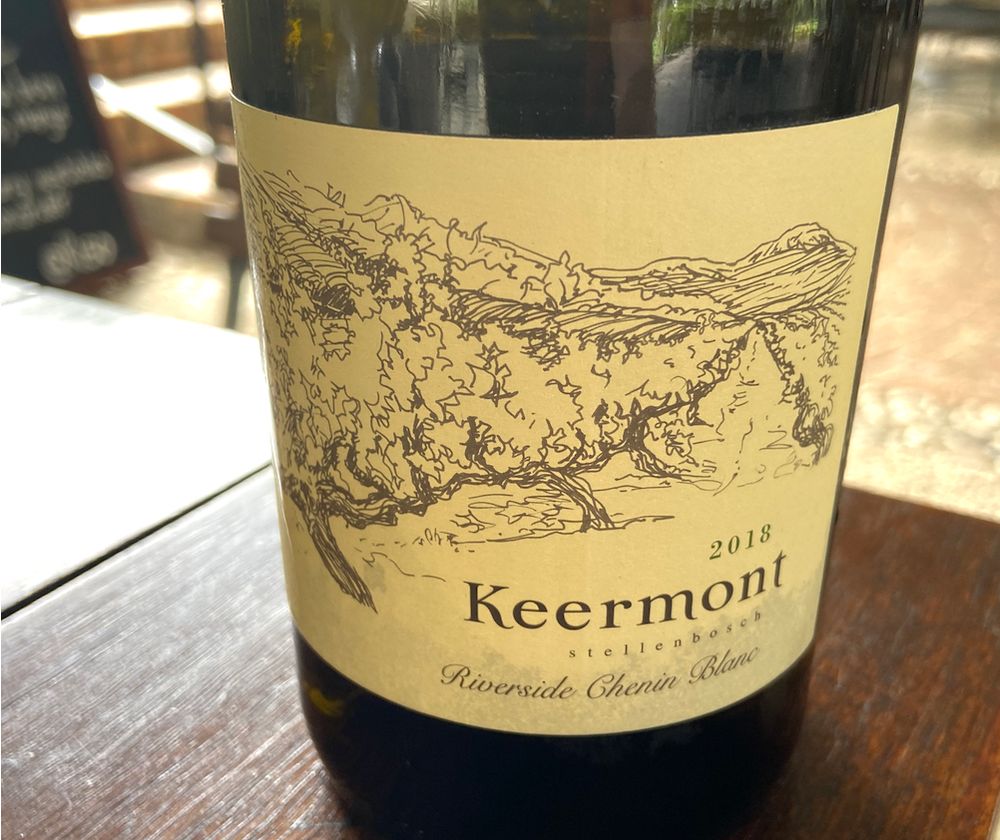
Keermont is experimenting with vineyards close to a river to see what it can make with troublesome vines that need a lot of time and patience to get right
Alex Starey, head winemaker at Keermont Vineyards, says he is also fascinated in what different terroirs and plots of land bring to its wines. Like shale compared to sandstone and granite. “We buy some fruit from shale and it is very different texturally. It brings an edginess to the wine. Less fruit. It’s a different expression.”
Keermont also has a plot of 1971 vines that is close to the river that runs alongside the property from which it makes its Riverside Chenin Blanc.
“I have learnt a lot from this vineyard and what different vines give you. It has had every disease in the book, from wood rot to virus, but these patchy vineyards planted in rocky alluvial soils you get by the river, produce a very low yield of incredible quality fruit.”
Working with such vines teaches you to be patient, to ferment slowly, battonage once a month and to “wait until the last possible minute before you take it out the barrel” after a full year on lees. “It has more acidity and freshness in the wine which I really like,” he says. “It’s more of a stone fruit style and has that old vine character.”
He adds: “You have to learn how to work with old vines. The different pruning techniques you have to use. You have to understand them. My father grew fruit trees in the vineyards and always said pruning is the most important thing you do in the year. Get it wrong and can mess up your vineyards quite badly,”
But by understanding more how they work “you can pick earlier and start working with them In different ways”. “We are now picking our grapes at different times. It really helps with the blend and its complexity.
It’s an approach that Francois Theunissen, general manager of Dornier Wines can very much relate to. It works with 36 year old vines that sit in decomposed granite, shale and sandstone to make its Moordenaarskloof wine and also needs to take far greater care of the vines with its pruning.
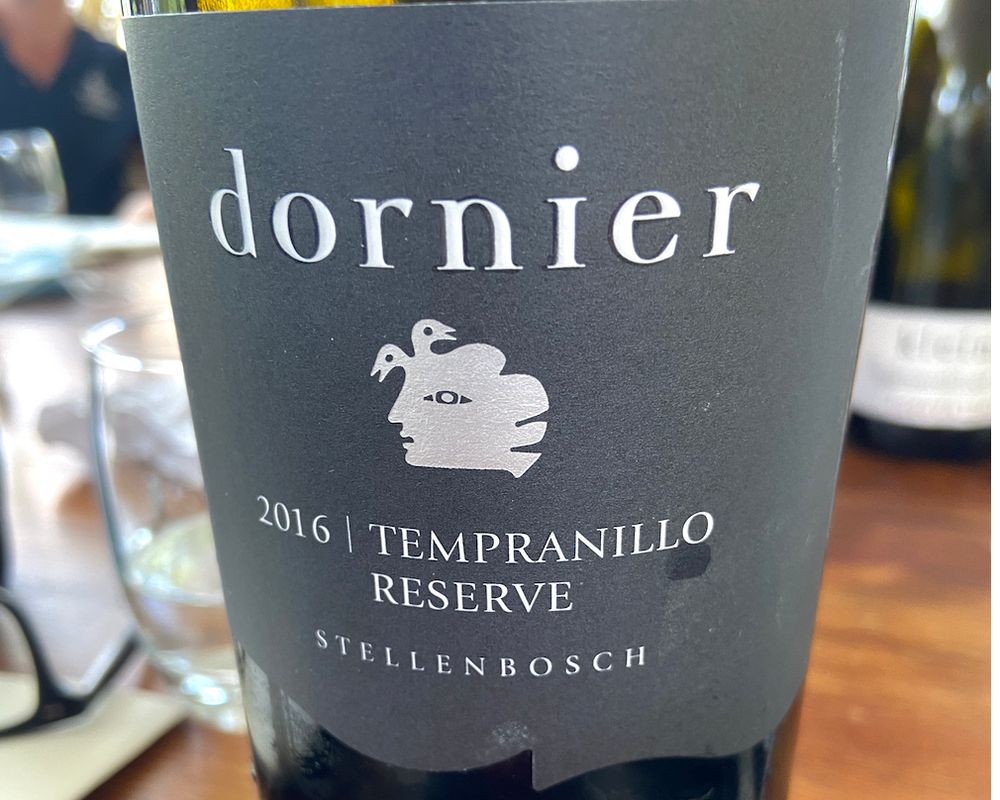
Dornier Wines says its ambition is to work with vineyards that “produce something special that speaks for itself”
“It stands apart from other vines and is our premium take on Chenin Blanc. There is a real linearity to it, but it also has opulence of fruit, with lovely tropical notes and honey suckle. It’s a clean and fresh style and testament to what Chenin can do in Stellenbosch from old vines.”
It also proceeds a 100% Semillion which again is Dornier “trying to produce something that is not run of the milll for a typical South African variety”. Theunissen adds: “We produce 3,000 bottles a year and it sells in a heartbeat. It’s sad when you see Semillon being ripped up in the region. It’s so versatile as a food wine and restaurants love it. It’s the freshness and acidity that keeps it alive. We want to produce something special that speaks for itself.”
Testing and learning
Understanding how your vineyards and soils work together is very much the approach that Reynie Oosthuizen, winemaker at Kleinood, takes. He too is working with fruit taken from a vineyard a little further down the river from where Keermont sits, but on sandier soils. Its Meevaller wine, is named after a stroke of luck, like finding £10 in your pocket, and is a single varietal style of Mourvèdre which Oosthuizen usually uses in his red blends.
He says he uses whole bunch press and punch downs and second fill 500 litre barrels to “really express the fruit and bring out all its sexy nuances”. “We have learned a lot on how you can really express a vineyard that struggles with leaf rot and where it is hard to get sugars and ripeness. It takes a lot of time and effort to retrain the vines, but I think this wine shows it is worth it. It’s more of a viticultural project.”
Whilst the Tamboerskloof John Spicer Syrah “tells of a very good story” of its sandstone soils that force the vines to work much harder, producing smaller, more concentrated berries with “outstanding acidity” that are cooled down by the winds that sweep through the valley.
“It’s that freshness that really comes through with classic elegance. It the versatility of Syrah that is so appealing to me. We get different styles just in our own valley. Then there are the differences you can see depending on the vessels you use.”
Wynand Lategan, cellar master at Lanzerac says they have also learnt how to produce “gentler, more refined” styles of Pinotage by going back to the original Pinotage plot planted in 1953 by Bellevue to makes its 1959 Commemoration Pinotage. “It’s taken a lot of work to get the balance right, but by picking earlier and managing the skins you can get that more refined style,” he explains.
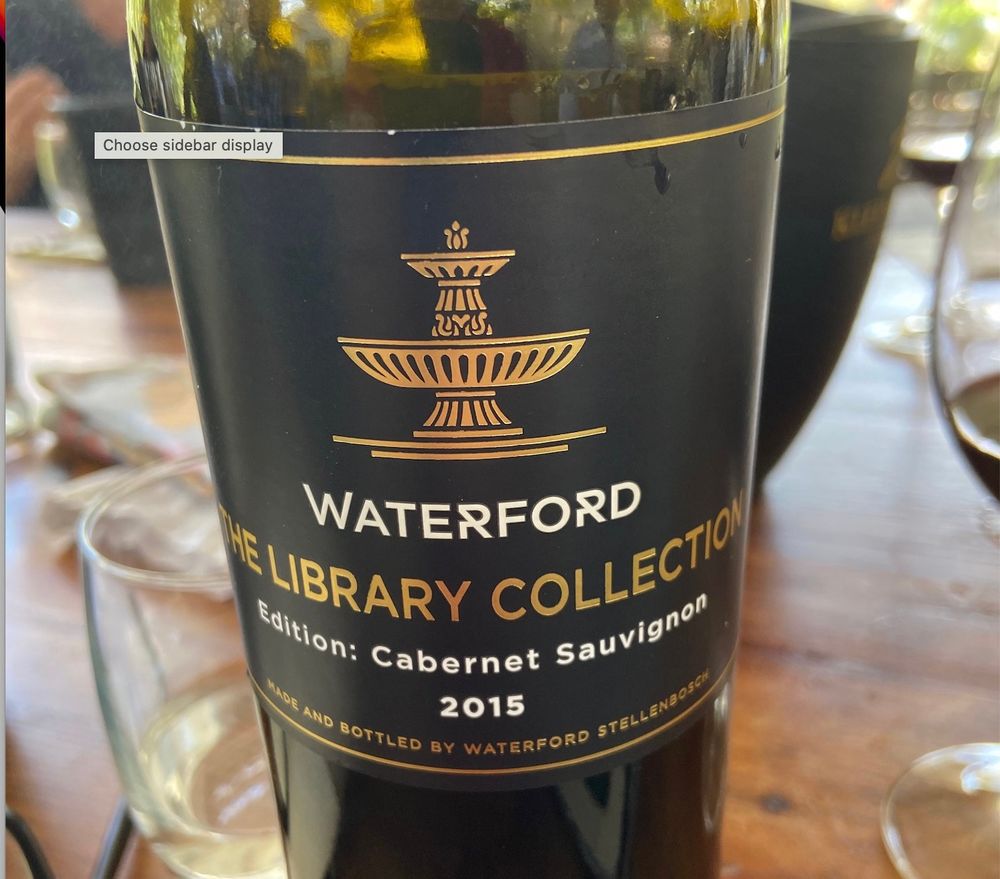
Waterford’s Mark le Roux says it works with different plots and varieties to assess the best place on its land to make the right wine
Mark le Roux, cellar master at Waterford Estate, says it works with 11 different varieties, including six different types of clone of Cabernet Sauvignon (36% of its production), and plots and plans every part of the vineyard to determine which variety will work best where. “It all adds to the diversity of what we can offer,” he says. “We look at the soils and work out which vines are best suited to that plot.”
He says a lot of the experimental work he does remains behind the scenes. “But you trust your gut and can learn a lot from experiments.”
It’s important, he says, to put the commercial aspects to one side and consider the grapes and vines for what they are. What are the best picking dates? Which direction should vines face? “This is where you can focus your experiments on,” he adds.
By identifying your best plots it is then possible to add premium and limited edition layers to your portfolio, says Starey, as you know they are the best of the best you can produce.
He points to Keermont Amphitheatre which “incorporates the best parcels of the farm that really reflect the true characters of all our vineyards”.It is made up a combination of 31% Cabernet Sauvignon, 23% Cabernet Franc, 22% Merlot, 17% Petit Verdot, 5% Malbec and 1% Syrah.
He hopes to be able to add further tires to the Amphitheatre range to show Keermont’s best expressions of Cabernet Franc and Merlot.
Waterford’s The Jem blend looks to take the same approach and be the the best reflection of its grapes and soils, including eight different varieties, driven by Cabernet Sauvignon Sauvignon 40% and 20% Syrah supported by Italian, including Sangiovese, and Spanish grape varieties. “They all come together to keep the wine fresh, but also offer spices to the blend, with been overpowering. It shows where the estate and the region is going.”
Different varieties
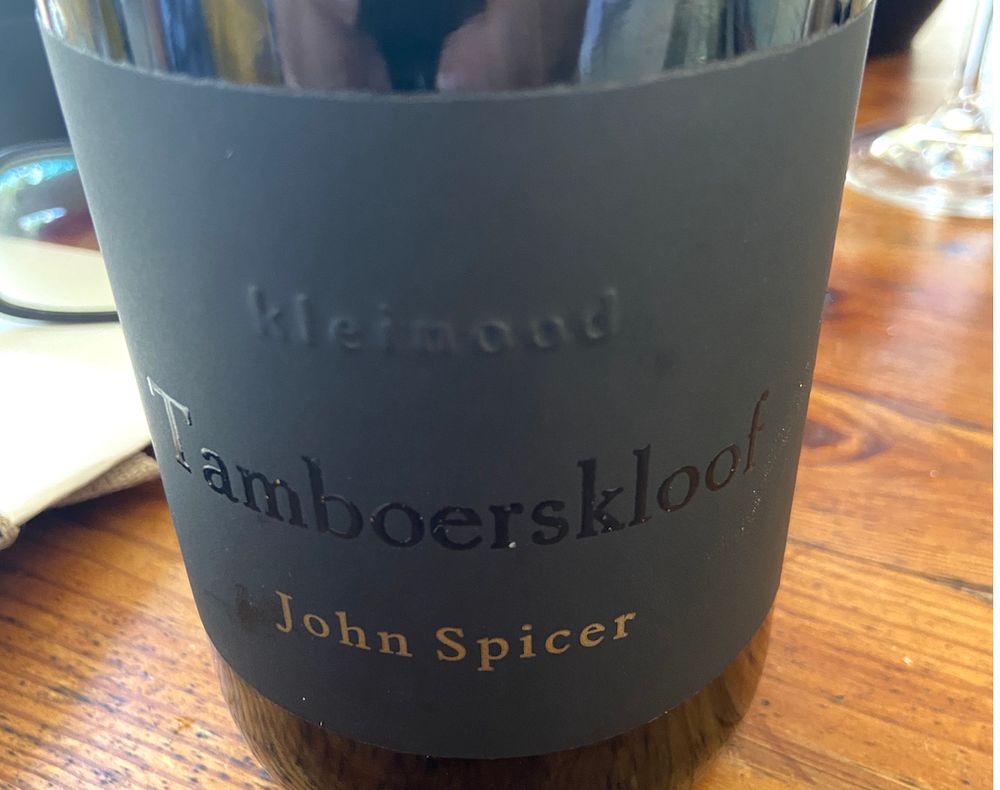
Kleinood’s Reynie Oosthuizen says it can get different styles of wine from the same variety in one valley
Being such a young wine region means there is still plenty of scope to investigate what other varieties might work in Stellenbosch. Lanzerac, for example, says it is only one of two producers working with Pinot Blanc that is planted in its sandstone, clay soils in 1996. Winemaker Wynand Lategan says he also uses it as a blending component and is pleased with the rich, deep style of wine it makes on its own.
“I am educating myself with this kind of wine. It’s very much a work in progress and it will be interesting to see how much further we can go with it,” he says.
Dornier is working with four rows of Tempranillo, grafted on Cabernet Sauvignon rootstock, to see how it can perform in Stellenbosch.It certainly responds well to the hot summers and if anything it is finding ways “to tame the beast”. “It takes a lot of time to calm down, but it’s a serious wine. It’s our effort to show something different and special.”
With altitude…
Winemakers are also looking where they can to make wine at higher altitudes. Keermont’s Pondokrug Cabernet Franc comes from a clay soil vineyard at 350m from vines grown on little terraces on the mountain side which was deemed too high to farm. Here the opportunity is to manage the herbal character, and “soften the acidity” and tannin to make a more velvety Loire style Cabernet Franc by using 225 litre barrels, natural yeasts and to years in barrel.
“Cabernet Franc has a lot of potential in this area. We are planning on planting more. It ages phenomenally well.”

